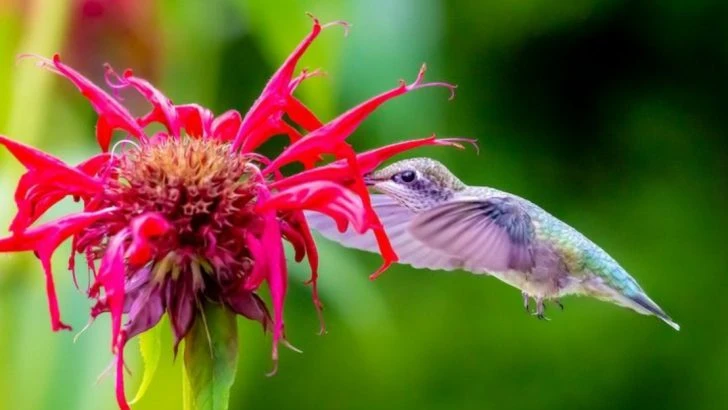Some flowers are straight-up traitors. They look sweet. They bloom bright. And behind all that charm, they leave bees hanging and butterflies confused. Not every blossom is the friend it pretends to be. While you’re out there planting for the pollinators— thinking you’re doing nature a solid— some plants are just soaking up sun and giving nothing back. But all is not lost. For every floral diva that ghosts the bees, there’s a bloom that rolls out the red carpet with open petals and actual nectar. Want to know who’s faking it and who’s feeding the buzz? We’re naming names. Because your garden deserves more than dead air.
Petunia
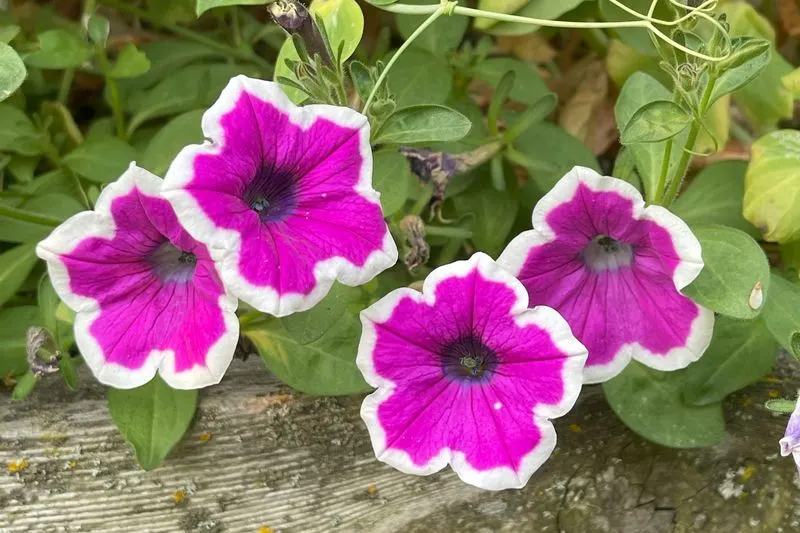
Petunias, though visually striking, can be deceptive to pollinators. Their allure lies in their vibrant colors, but they often lack sufficient nectar, leaving bees and butterflies searching in vain. In a twist of nature, these blooms prioritize self-pollination, relying less on external help. As a result, bees, expecting a nourishing reward, end up wasting precious time.
Gardeners may love them for their aesthetic appeal, but they inadvertently contribute to pollinator confusion. So, while petunias are a feast for the eyes, they’re less of a buffet for our buzzing friends. A case of beauty over substance.
Geranium
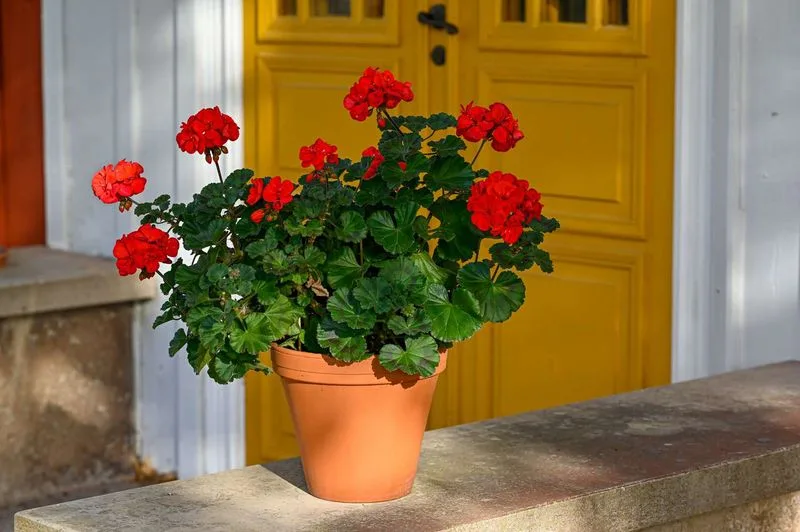
Geraniums, with their sturdy stems and circular blooms, are often a gardener’s delight. However, their dense petals make nectar hard to access for many pollinators. While their aroma entices, bees often leave disappointed, unable to penetrate their floral fortress.
These flowers excel in self-reliance, generally pollinating without external aid. Though a popular choice for window boxes, they might not be the best allies for bees and butterflies. A classic case of looks being deceiving, geraniums maintain an elegant appearance but offer minimal sustenance. They stand as silent guardians of their own pollen.
Marigold

Marigolds, stalwarts of the garden, stand bold with their fiery hues. Despite their brightness, they often leave pollinators disheartened. Their structure, compact and layered, makes nectar access difficult.
Though traditionally known for repelling pests, this trait extends, unintentionally, to beneficial insects. Pollinators may circle these blooms, attracted by color but finding them less rewarding. As garden staples, marigolds offer beauty and pest control but lack hospitality for bees and butterflies. It’s a balancing act of aesthetics versus ecological friendship.
Impatiens
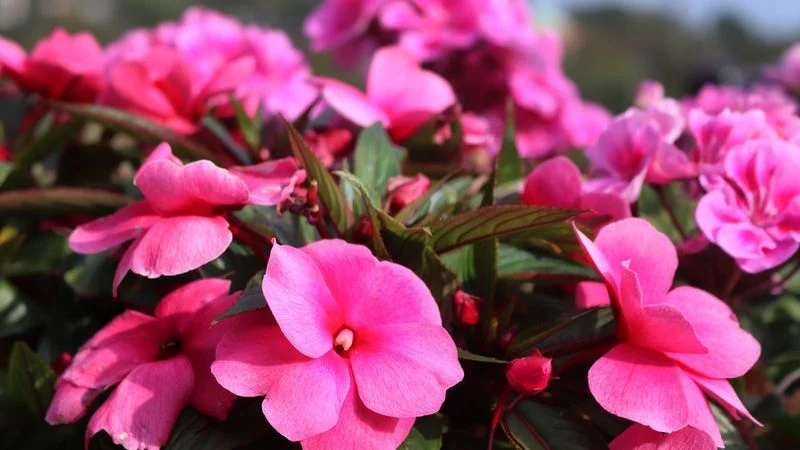
Impatiens, with their wide range of colors, are a gardener’s go-to for shaded spots. Yet, their beauty can be misleading for pollinators. The flowers produce little nectar, leaving bees and butterflies searching elsewhere. This lack of reward makes them less appealing.
Often used in mass plantings for their vibrant display, impatiens prioritize self-pollination, requiring minimal pollinator involvement. They serve as a visual treat, but not a pollinator haven. These blooms are a reminder of how beauty doesn’t always translate to ecological benefit.
Lavender
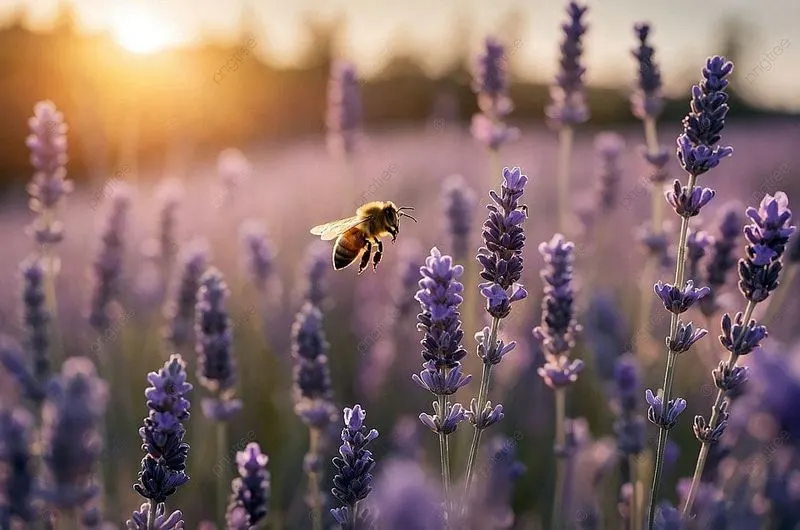
Lavender, with its calming scent, is a beloved choice for pollinators. Bees, in particular, flock to its fragrant flowers, drawn by both aroma and ample nectar. The spikes of purple blooms offer easy access for feeding.
In addition to being a pollinator favorite, lavender also serves as a natural pest deterrent, adding to its garden charm. Known for its soothing properties, it brings tranquility and life to any garden. A true ally in promoting biodiversity, lavender is as functional as it is beautiful—a sanctuary buzzing with life.
Sunflower
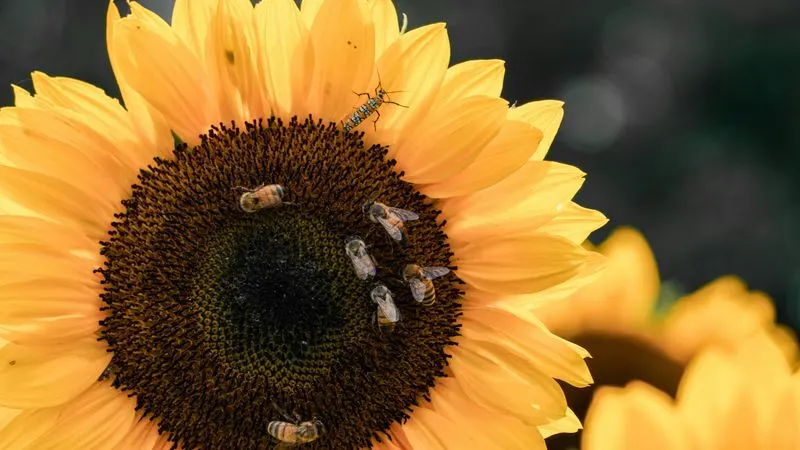
Sunflowers stand tall and proud, their bright faces following the sun. They are a vital resource for pollinators, offering abundant pollen and nectar. Bees and butterflies find a reliable friend in these towering giants.
As they mature, sunflowers provide seeds, further supporting wildlife. Their open faces and vibrant colors are irresistible, making them a staple in pollinator-friendly gardens. Beyond their beauty, sunflowers play a critical role in sustaining pollinator populations, serving both as a food source and a symbol of summer’s peak.
Coneflower
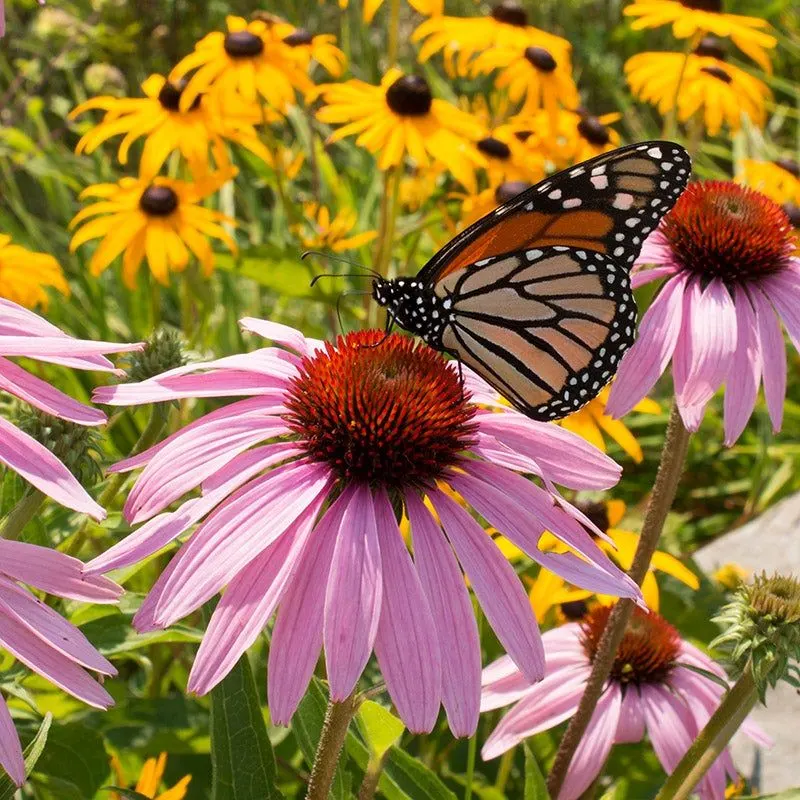
Coneflowers, with their distinctive drooping petals, are a magnet for pollinators. Butterflies, in particular, are drawn to their vibrant hues and accessible nectar. These resilient plants thrive in various conditions, making them a garden favorite.
Beyond aesthetics, coneflowers contribute to biodiversity by supporting pollinator health. Their sturdy stems and prolonged blooming season ensure they remain a reliable resource. A touch of wild beauty, they weave seamlessly into natural landscapes, enhancing garden ecosystems. Coneflowers are a testament to the harmony of form and function in nature.
Bee Balm

Bee balm, with its wild, shaggy appearance, lives up to its name. This vibrant flower is a haven for bees, offering a rich nectar supply. Its tubular blooms are perfectly designed for pollinator visits, ensuring a bustling garden.
Native to North America, bee balm’s aromatic leaves add to its appeal, making it a popular choice for herbal gardens. In addition to being a pollinator favorite, it adds a burst of color and life. Its name is no misnomer; bee balm truly brings the buzz, supporting a healthy ecosystem.
Borage
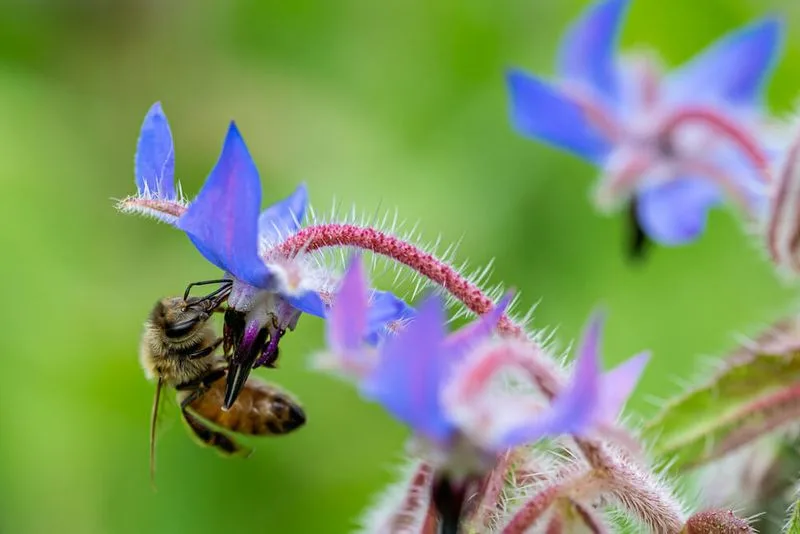
Borage, with its star-shaped blue flowers, is a bee’s delight. The plant produces nectar-rich blooms almost continuously, providing a steady food source. Bees, both honey and solitary, are frequent visitors.
Apart from attracting pollinators, borage enriches the soil, benefiting surrounding plants. Its cucumber-flavored leaves are edible, adding to its utility in gardens. Known as a companion plant, borage supports a thriving garden ecosystem. Its delicate beauty and ecological benefits make it a cherished addition to any pollinator-friendly landscape.
Zinnia

Zinnias, with their bold colors and varied shapes, are adored by pollinators. Butterflies particularly favor these blooms, drawn by their accessible nectar and vibrant display. The diversity within the zinnia family ensures continual attraction across the growing season.
In addition to being a feast for pollinators, zinnias brighten any garden, offering a kaleidoscope of colors. Easy to grow and maintain, they are a gardener’s joy and a pollinator’s treasure. With zinnias, every garden becomes a lively spectacle, supporting a thriving community of beneficial insects.
Milkweed
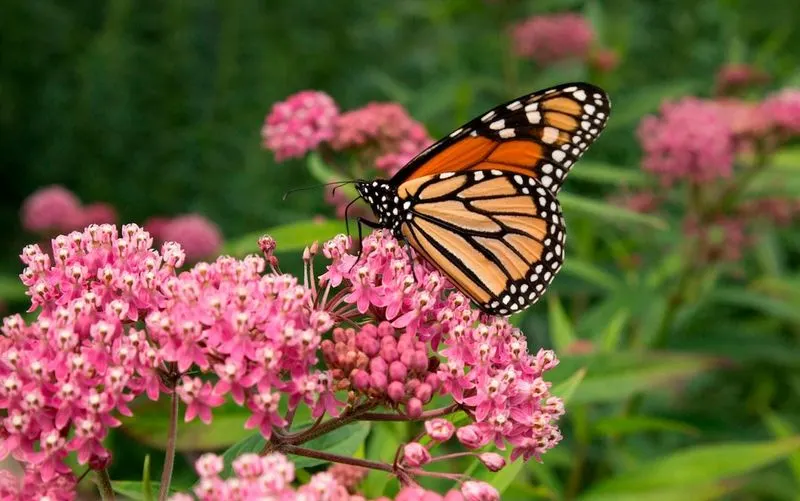
Milkweed, beyond its floral beauty, serves a crucial ecological role. It is the lifeline for monarch butterflies, providing essential habitat and nourishment. As caterpillars feed exclusively on its leaves, milkweed becomes a vital link in their life cycle.
The clusters of flowers also attract bees and other pollinators, offering nectar and pollen. In promoting milkweed, gardeners support not only pollinators but the iconic monarch migration. Its presence in a garden signifies a commitment to biodiversity and ecological stewardship—a plant with purpose and impact.
Salvia
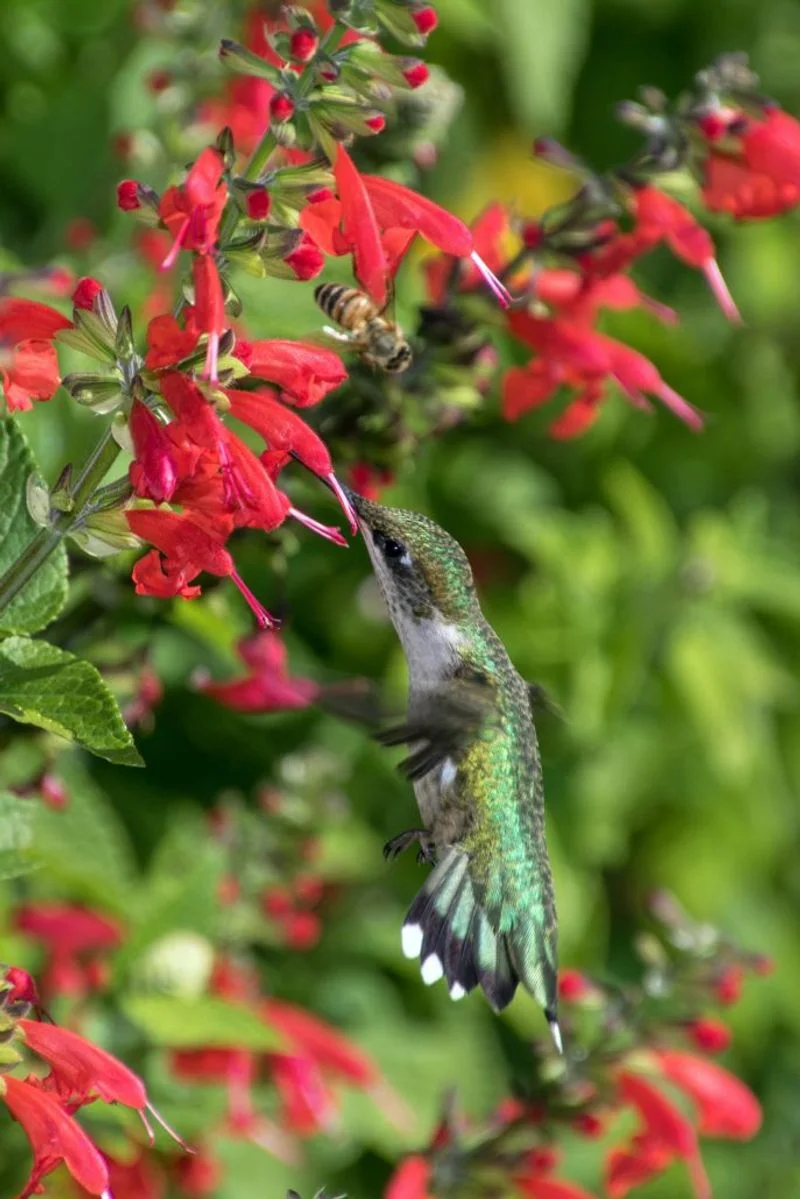
Salvia, with its striking spires, is a pollinator paradise. Its tubular flowers are a favorite for hummingbirds and bees alike, offering abundant nectar. The vibrant colors and varied species ensure year-round attraction.
Beyond pollinator appeal, salvia is drought-tolerant, making it a robust choice for sustainable gardens. As it blooms, it transforms gardens into lively habitats, buzzing with activity. Salvia’s presence signifies a commitment to supporting pollinators. Its beauty and ecological benefits make it a cherished garden staple, fostering a vibrant ecosystem.

